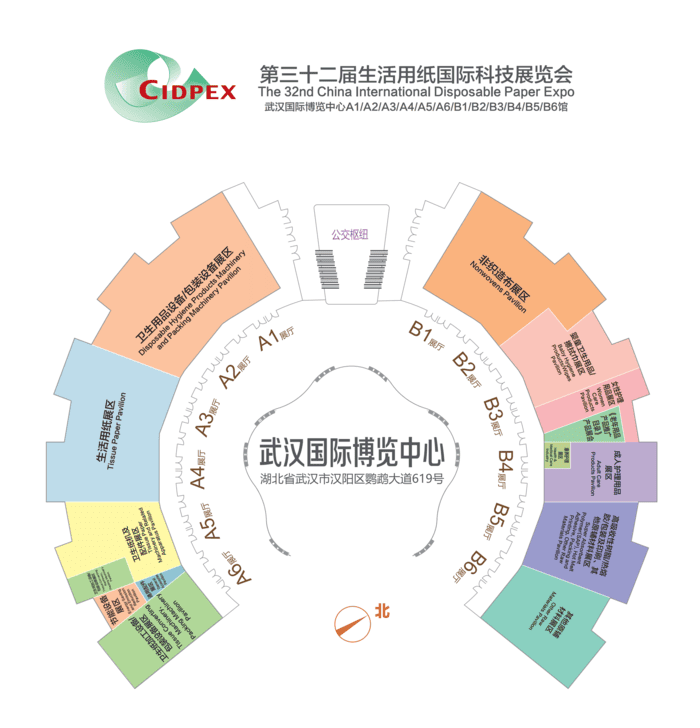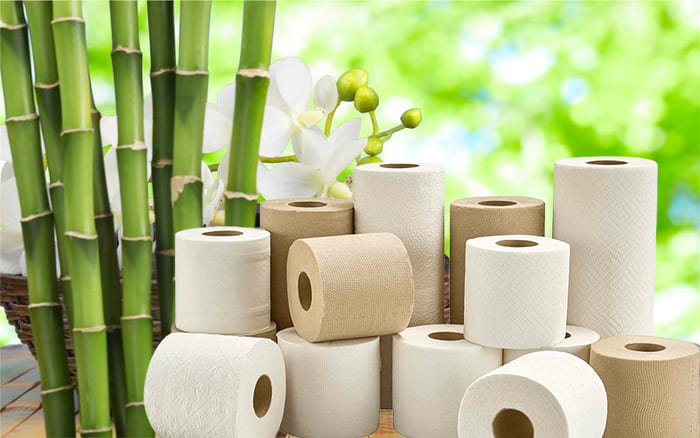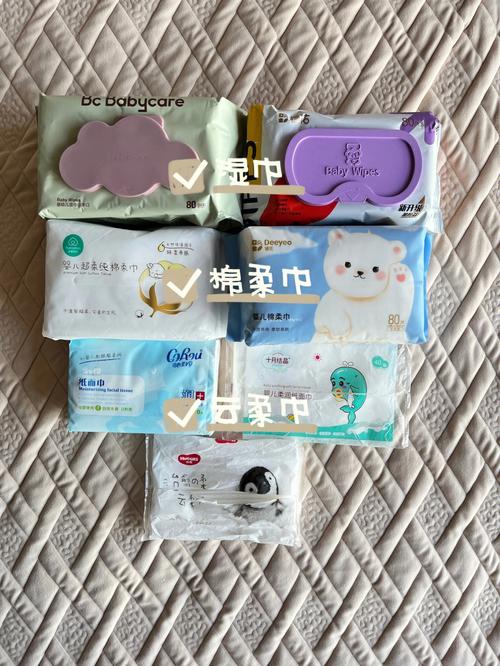What are the Differences Between a Bathroom Hand Towel and a Kitchen Hand Towel Tissue?
Bathroom hand towels and kitchen towel tissues are both common household items thatserve different purposes. However, some people may not be aware of the differencesbetween them and how to use them properly. In this article, we will explore the maindifferences between a bathroom hand towel and a kitchen towel tissue in terms of theirmaterials, size, design, function, hygiene, and environmental impact. By understanding thesedifferences, you will be able to choose the right type of towel for your needs and use themeffectively.
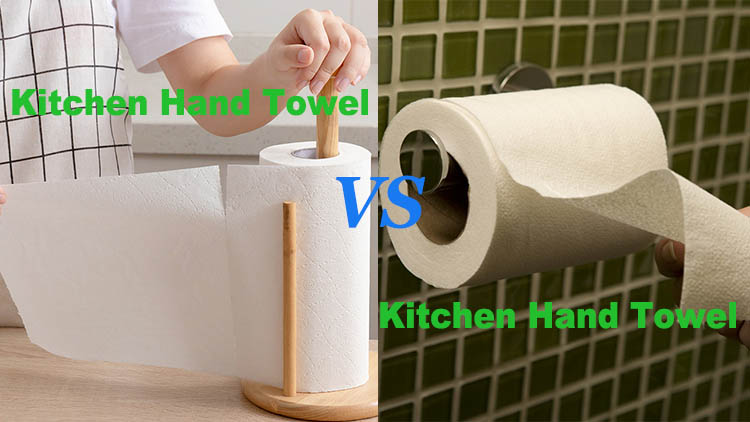
What is the Materials and Composition of Bathroom Hand Towel and a Kitchen Hand Towel paper?
One of the most obvious differences between a bathroom hand towel and a kitchen toweltissue is the material they are made of. Bathroom hand towels are usually made of fabricsthat are soft, fluffy, and absorbent. Some of the most common fabrics used for bathroomhand towels are cotton, bamboo, and microfiber. These fabrics have different qualities thataffect their performance, such as:
- Cotton: Cotton is a natural fiber that is widely used for bathroom hand towels becauseit is soft, durable, and highly absorbent. Cotton can also withstand high temperaturesand frequent washing. However, cotton can also shrink, fade, and lose its softness overtime.
- Bamboo: Bamboo is another natural fiber that is becoming more popular for bathroomhand towels because it is eco-friendly, antibacterial, and hypoallergenic. Bamboo is alsovery soft, absorbent, and breathable. However, bamboo can also be more expensiveand less durable than cotton.
- Microfiber: Microfiber is a synthetic fiber that is made of very fine threads that aretightly woven together. Microfiber is known for its ability to dry quickly, resist stains,and remove dirt and bacteria from surfaces. However, microfiber can also be lessabsorbent and less comfortable than natural fibers.
Kitchen towel tissues are usually made of materials that are disposable or reusable. Some ofthe most common materials used for kitchen towel tissues are paper and cloth. Thesematerials have different advantages and disadvantages, such as:
- Paper: Paper towels are convenient, hygienic, and versatile. They can be used to drydishes, hands, or surfaces, as well as to clean spills and messes. Paper towels are alsoeasy to dispose of after use. However, paper towels can also be wasteful, expensive, andharmful to the environment.
- Cloth: Cloth towels are reusable, economical, and durable. They can also be used to drydishes, hands, or surfaces, as well as to clean spills and messes. Cloth towels can be
washed and reused many times. However, cloth towels can also harbor bacteria, germs,and odors if not cleaned properly.
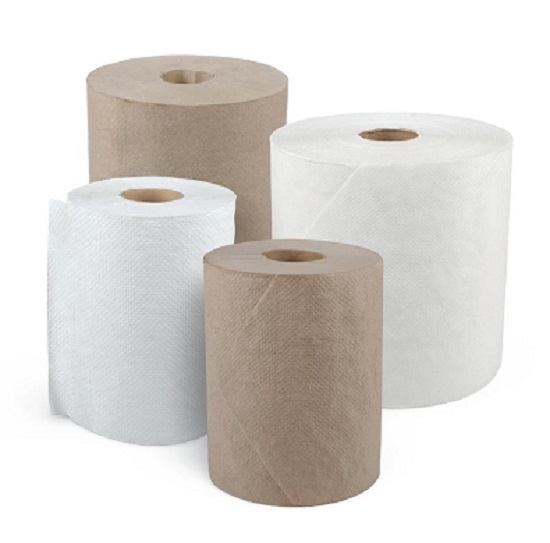
What are Size and Design for the Toilet Hand Towel and Kitchen Hand Towel tissue paper?
Another difference between a bathroom hand towel and a kitchen towel tissue is the sizeand design. Bathroom hand towels are usually larger and thicker than kitchen towel tissues.The average size of a bathroom hand towel is about 16 by 30 inches (40 by 76 cm), while theaverage size of a kitchen towel tissue is about 11 by 11 inches (28 by 28 cm). The thicknessof a bathroom hand towel can vary depending on the fabric and quality, but it is generallyaround 0.2 inches (0.5 cm). The thickness of a kitchen towel tissue can also vary dependingon the material and ply (number of layers), but it is generally around 0.01 inches (0.03 cm).
The design of a bathroom hand towel and a kitchen towel tissue can also differ in terms ofpatterns and colors. Bathroom hand towels often have decorative designs that match thetheme or style of the bathroom. They can have solid colors or prints such as stripes, dots,flowers, or geometric shapes. Kitchen towel tissues usually have simpler designs that aremore functional than aesthetic. They can have plain colors or prints such as checks, plaid, orgingham.
The size and design of a bathroom hand towel and a kitchen towel tissue affect theirrespective functions in different ways. For example:
- A larger and thicker bathroom hand towel can cover more surface area and absorbmore water when drying hands after washing.
- A smaller and thinner kitchen towel tissue can fit into tight spaces and corners whendrying dishes or cleaning spills.
- A decorative bathroom hand towel can add style and personality to the bathroom.
- A simple kitchen towel tissue can blend in with the kitchen environment.
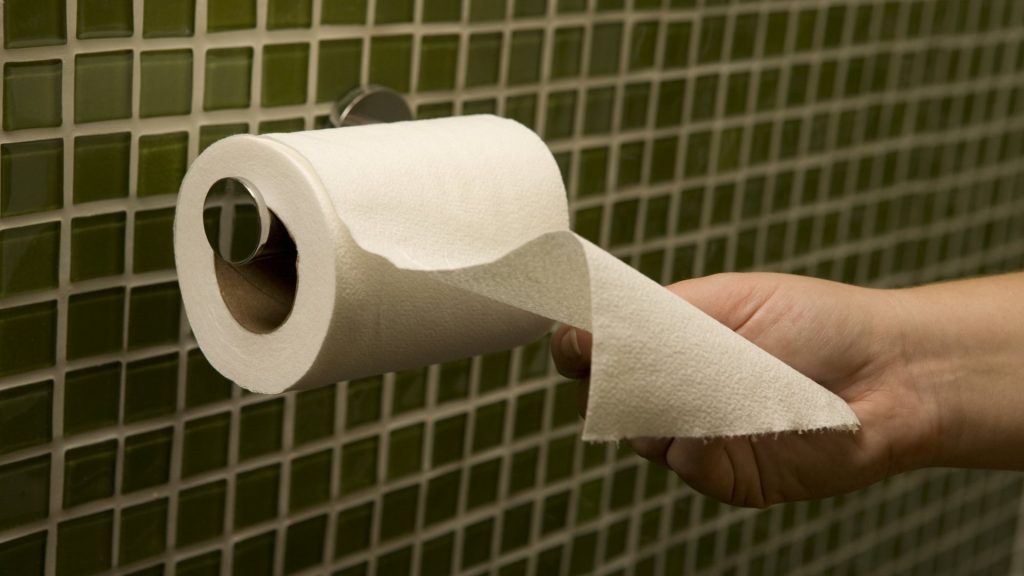
What are Function and Usage for the Toilet Hand Towel and Kitchen Hand Towel?
The main difference between a bathroom hand towel and a kitchen towel tissue is theirfunction and usage. A bathroom hand towel is primarily used for drying hands after washingthem in the sink or shower. A kitchen towel tissue is primarily used for drying dishes, hands,or surfaces in the kitchen.
A bathroom hand towel has several advantages over a kitchen towel tissue when it comes todrying hands:
- A bathroom hand towel is more absorbent than a kitchen towel tissue because it hasmore fibers and a larger surface area.
- A bathroom hand towel is more comfortable than a kitchen towel tissue because it issofter and gentler on the skin.
- A bathroom hand towel is more hygienic than a kitchen towel tissue because it is lesslikely to transfer bacteria and germs from one person to another.
A kitchen towel tissue has several advantages over a bathroom hand towel when it comes todrying dishes, hands, or surfaces:
- A kitchen towel tissue is more versatile than a bathroom hand towel because it can beused for different purposes such as cleaning, wiping, or polishing.
- A kitchen towel tissue is more convenient than a bathroom hand towel because it canbe easily accessed, used, and disposed of.
- A kitchen towel tissue is more sanitary than a bathroom hand towel because it can bereplaced or washed more frequently.
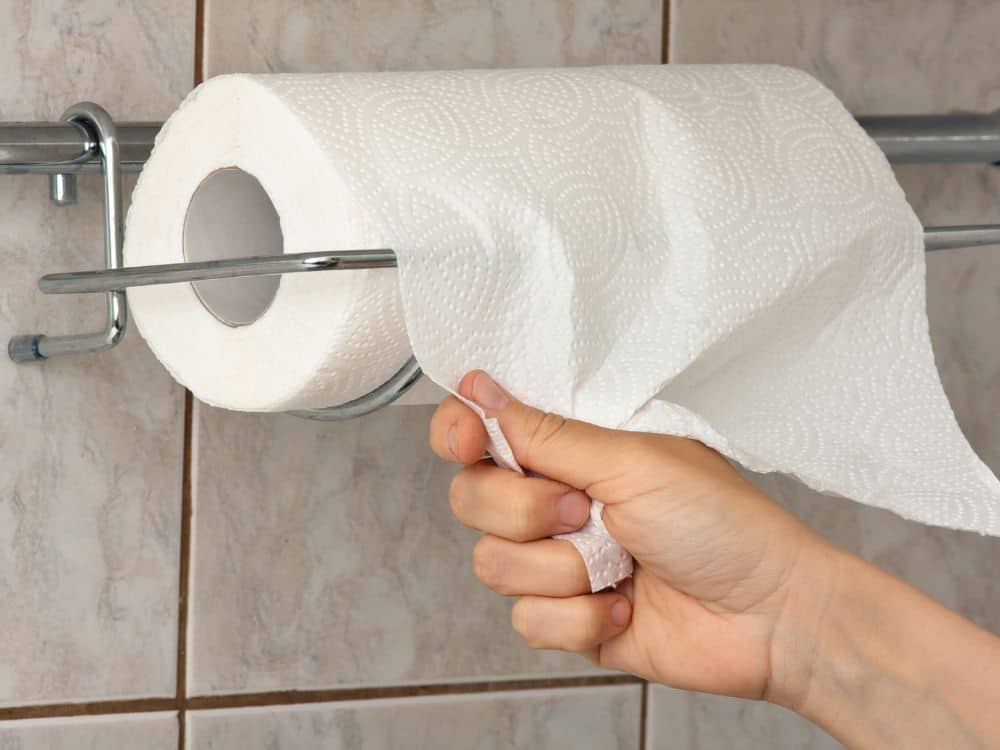
What’s the Hygiene Considerations of Toilet Hand Towel and Kitchen Hand Towel?
Hygiene is an important factor to consider when using a bathroom hand towel or a kitchentowel tissue. Both types of towels can harbor bacteria and germs that can cause infections orillnesses if not handled properly. Therefore, it is essential to follow some hygiene practiceswhen using them.
For bathroom hand towels, some of the hygiene practices are:
- Wash your hands thoroughly with soap and water before and after using a bathroomhand towel.
- Use a clean and dry bathroom hand towel every time you dry your hands.
- Replace your bathroom hand towel with a fresh one at least once a week or more oftenif it gets wet or dirty.
- Wash your bathroom hand towels in hot water and detergent and dry them completelybefore using them again.
- Avoid sharing your bathroom hand towels with other people or using them for otherpurposes.
For kitchen towel tissues, some of the hygiene practices are:
- Choose the right type of kitchen towel tissue for the task. Use paper towels for single-use tasks such as drying hands or cleaning spills, and use cloth towels for reusabletasks such as drying dishes or surfaces.
- Use a clean and dry kitchen towel tissue every time you use it.
- Replace your paper towels with new ones after each use and dispose of them properly.
- Wash your cloth towels in hot water and detergent and dry them completely beforeusing them again.
- Avoid cross-contamination by using separate kitchen towel tissues for different tasks orareas.
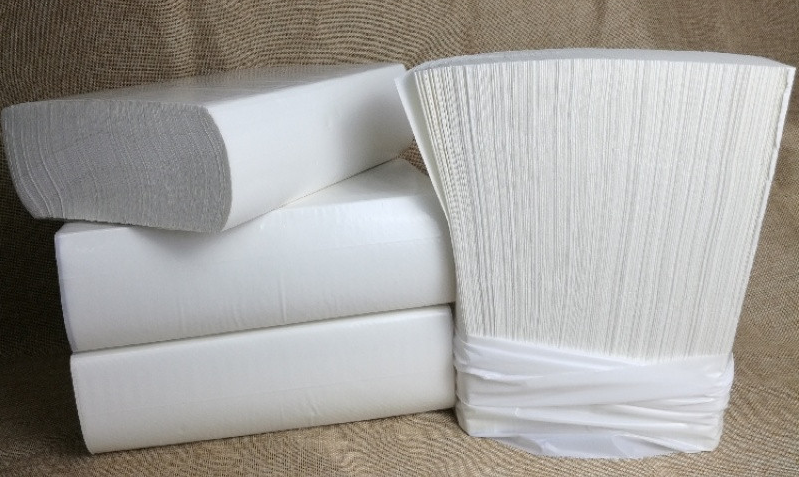
What’s the Environmental Impact of Toilet Hand Towel and Kitchen Hand Towel?
The environmental impact of using a bathroom hand towel or a kitchen towel tissue isanother difference to consider. Both types of towels have positive and negative effects onthe environment depending on their materials, production, usage, and disposal.
For bathroom hand towels, some of the environmental impacts are:
- The production of bathroom hand towels requires natural resources such as water, land,and energy. Depending on the fabric, the production process can also generategreenhouse gas emissions, water pollution, and waste.
- The usage of bathroom hand towels requires washing and drying, which consumewater and energy. Washing and drying can also release microplastics and chemicalsinto the environment.
- The disposal of bathroom hand towels can contribute to landfill waste if they are notrecycled or composted. However, some fabrics such as cotton and bamboo arebiodegradable and can decompose naturally.
For kitchen towel tissues, some of the environmental impacts are:
- The production of kitchen towel tissues also requires natural resources such as water,land, and energy. Depending on the material, the production process can also generategreenhouse gas emissions, water pollution, and waste.
- The usage of kitchen towel tissues requires less water and energy than bathroom handtowels because they are usually not washed or dried. However, they also generate morewaste because they are often used once and thrown away.
- The disposal of kitchen towel tissues can also contribute to landfill waste if they are notrecycled or composted. However, some materials such as paper are biodegradable andcan decompose naturally.
To reduce the environmental impact of using a bathroom hand towel or a kitchen toweltissue, some of the tips are:
- Choose eco-friendly materials such as organic cotton, bamboo, or recycled paper thathave less environmental impact in terms of production, usage, and disposal.
- Use less water and energy when washing and drying your bathroom hand towels orcloth kitchen towels by using cold water, low heat settings, or air drying.
- Reuse your bathroom hand towels or cloth kitchen towels as much as possible beforereplacing them with new ones.
- Recycle or compost your bathroom hand towels or paper kitchen towels if they areworn out or damaged.
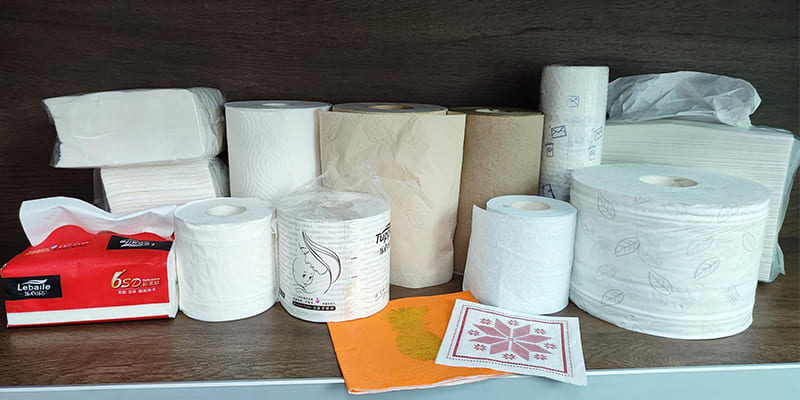
In conclusion, there are many differences between a bathroom hand towel and a kitchentowel tissue that affect their materials, size, design, function, hygiene, and environmentalimpact. By understanding these differences, you will be able to choose the right type oftowel for your needs and use them effectively. Here are some tips to remember:
- Use a bathroom hand towel for drying hands after washing them in the sink or shower.
- Use a kitchen towel tissue for drying dishes, hands, or surfaces in the kitchen.
- Choose soft, fluffy, and absorbent fabrics for your bathroom hand towels such ascotton, bamboo, or microfiber.

